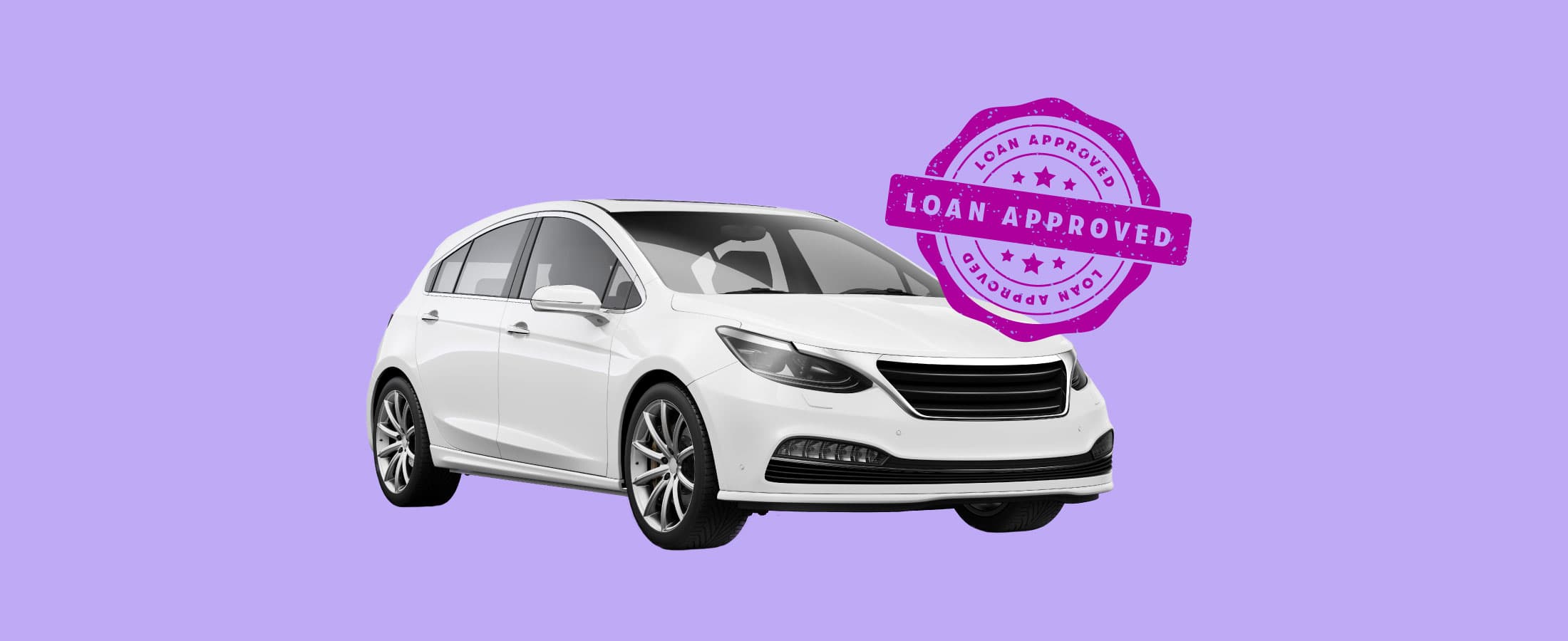Apr 14, 2020
Why a Longer Car Loan Might Not be for You
You’ll pay more as your car’s value decreases.

The price of new cars in the U.S. has been climbing over the last several years, with auto information site Edmunds reporting that the average of cost in April 2019 was $36,718. That’s nearly 3% higher than September 2018 ($35,742). And according to Kelley Blue Book (KKB), the price of a car rose 2% between 2017 and 2018.
The price of cars has increased dramatically in recent years due to rising interest rates for auto loans, higher demand globally for cars, the increasing price of gas (until recently)—which has made car parts more expensive to transport. And of course, technology, including upgraded infotainment systems and safety systems all add coats, according to LeeAnn Shattuck, auto expert at The Car Chick and champion race car driver.
“Your car is more sophisticated than the Space Shuttle,” she says.Additionally, more buyers are opting for SUVs, which are bigger and more expensive than a sedan. (Small luxury SUVs started at $42,000 in 2019 according to KBB.)
With average car prices increasing rapidly, you may be tempted to increase the length of time you have to repay your loan so you can afford everything you want in a vehicle. And car salesmen won’t stop you. According to a 2019 Experian LTD study, more than one third of new cars are purchased with loans lasting at least six years. That’s an increase of more than 20% compared to ten years ago.
Dealerships are selling loans
In fact, car dealerships now make more money selling you financial products than the cars themselves.
Historically, most auto loans maxed out around five years. But over the last several years, lenders have realized consumers are open to taking out six or seven-year car loans, which is great news for them: It’s in the lender and dealer’s best interest to pull you into a longer loan since you’ll end up paying more over time.
“Do the math yourself,” Shattuck says. “Don’t let the dealer do the math for you, as they will extend the loan term out as far as needed to get you to say ‘yes.’ It’s not their job to help you make a smart financial decision–that’s all on you.”
A (value) losing game
Besides owing more over time, another problem with six and seven-year loans is that as your payment stretches on and on, your car value decreases. Your car loses 10% of its value when you drive it off the lot, 20 % more in the next 12 months, and then 10% more every year for the next four years, according to Carfax, a service that supplies vehicle history reports to consumers.
Plus, most people want a new car before they’re done paying off their last one.
“The challenge they face will arise two years after their purchase when they want to move into a different car. What are they going to do then with the negative equity they owe on the car?” says Zach Shefska, auto expert at Your Auto Advocate, a car buying service that employs former dealership employees to research, locate, and negotiate car deals on behalf of their customers. “No one thinks about this when they buy their first car and get the monthly payment that they want. It’s when they get bored of their car and are faced with the ‘oh crap’ moment of ‘you owe $4,000 if you get rid of this car today,’ that it becomes reality.”
Tips for smarter car borrowing
So what should you do if you’re in the market for a car, but don’t take out a loan you’ll regret later? The experts have some ideas:
Cap out at a three-year loan. “If you don’t feel comfortable with the monthly payment for a 36 month loan, then you should be looking for a cheaper car,” Shefska says, meaning if you need to finance your purchase, you should make sure you can pay off the loan within three years.
Don’t roll equity from your last car into a new one. Wait until you can pay off your current car before taking the plunge to get a new one. “Many people roll over the negative equity into a new loan and dig the hole deeper,” Shattuck says. “I’ve seen people essentially paying for two cars under one loan.”
Buy used. The bright side to a car’s value rapidly decreasing from the moment it’s driven off the lot is that you can buy a used car for so much less than a new one. The average used car price is $20,000, compared to nearly twice that for the average new car, according to reports. That might explain why the Experian study on car loans found that only 20% of used car buyers took out 6+ year loans (compared to more than 33 percent of new car buyers).
Look for good deals this spring and summer. “The good news is that we expect rates to drop and the manufacturers to release more incentives, including special low APRs, to get people to buy cars during this crazy time,” Shattuck says, referring to the Covid-19 pandemic, which has temporarily stalled the economy and auto sales.

Investing made easy.
Start today with any dollar amount.
Related articles

borrowing
Oct 14, 2024
How To Use Personal Loans

borrowing
Oct 07, 2024
How To Use Cash Advances

borrowing
Oct 07, 2024
What To Know Before Taking a Cash Advance

borrowing
Oct 07, 2024
How To Pay Off a Cash Advance Quickly

borrowing
Oct 07, 2024
How to Avoid Cash Advance Fees

borrowing
Oct 07, 2024
Cash Advances vs. Personal Loans: Which is Better?
By using this website you agree to our Terms of Use and Privacy Policy. To begin investing on Stash, you must be approved from an account verification perspective and open a brokerage account.
